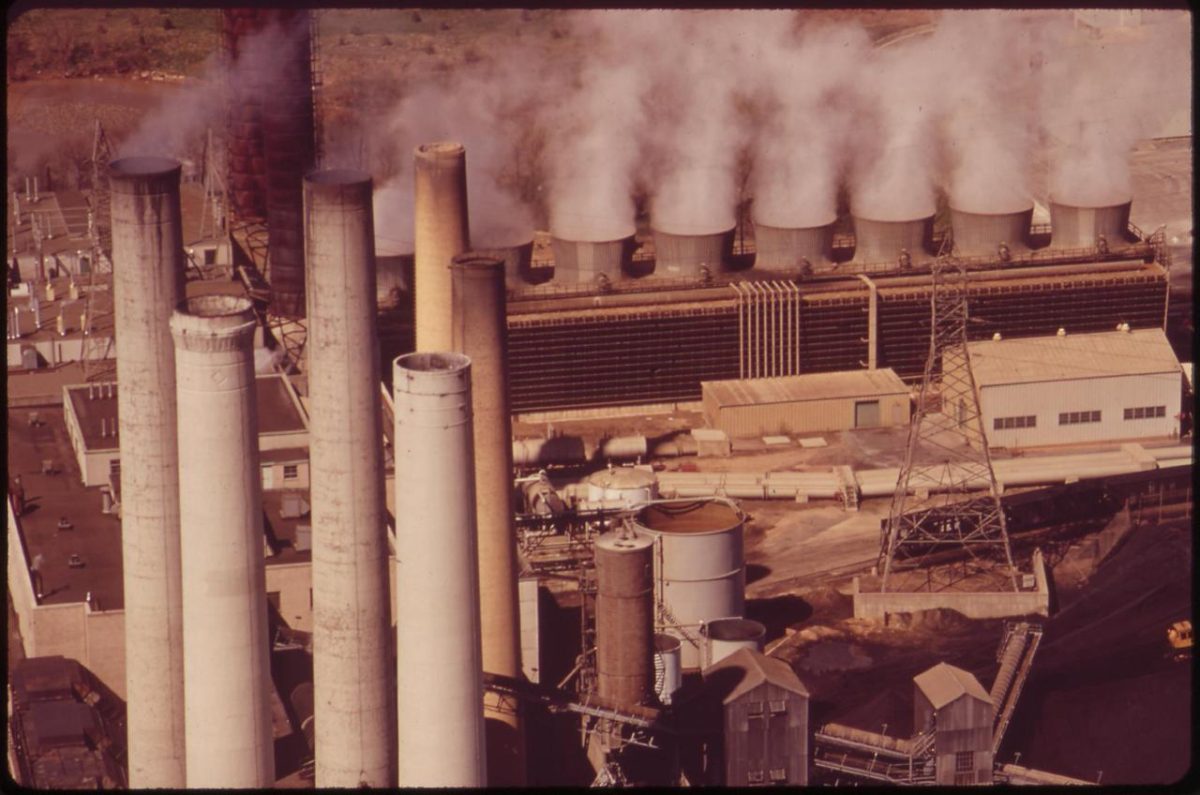On January 25, the US Environmental Protection Agency (EPA) issued a guidance memorandum withdrawing the “once in always in” policy for the classification of major sources of hazardous air pollutants under section 112 of the Clean Air Act. With the new guidance, sources of hazardous air pollutants previously classified as “major sources” may be reclassified as “area” sources when the facility limits its potential to emit below major source thresholds. Sounds logical, right?
The Clean Air Act (CAA) defines a “major source” as a one that emits, or has the potential to emit, ten (10) tons per year of any listed hazardous air pollutant, or 25 tons per year or more of combined hazardous air pollutants. Sources with emissions below this threshold are classified as “area sources.” Different control standards apply to the source depending on whether or not it is classified as a “major source” or an “area source.”
In 1995, EPA established the “once in always in” policy stating that any facility subject to major source standards would always remain subject to those standards, even if the facility’s processes or emissions controls changed in a way that eliminated or permanently reduced its potential to emit hazardous air pollutants. As might be imagined, this interpretation has not been popular with regulated industries over the ensuing years.
In EPA’s evolving view, the “once in always in” policy has hindered industry efforts to implement voluntary efforts to reduce hazardous air pollutant emissions or to pursue technological innovations that would have this effect. Essentially, major sources had no incentive to make these efforts if they were subject to the same rigorous regulatory requirements even after reducing emissions below the major source threshold.
So, EPA has now determined that it hasn’t authority under the Clean Air Act to limit when a facility may be determined to be an area source, and that the Act allows facilities to be reclassified as area sources when their potential to emit hazardous air pollutants falls below the levels that define major sources.
Contact us if you’d like assistance in complying with the National Emission Standards for Hazardous Air Pollutants (NESHAPs) covered by this guidance or other air emissions regulatory requirements.

